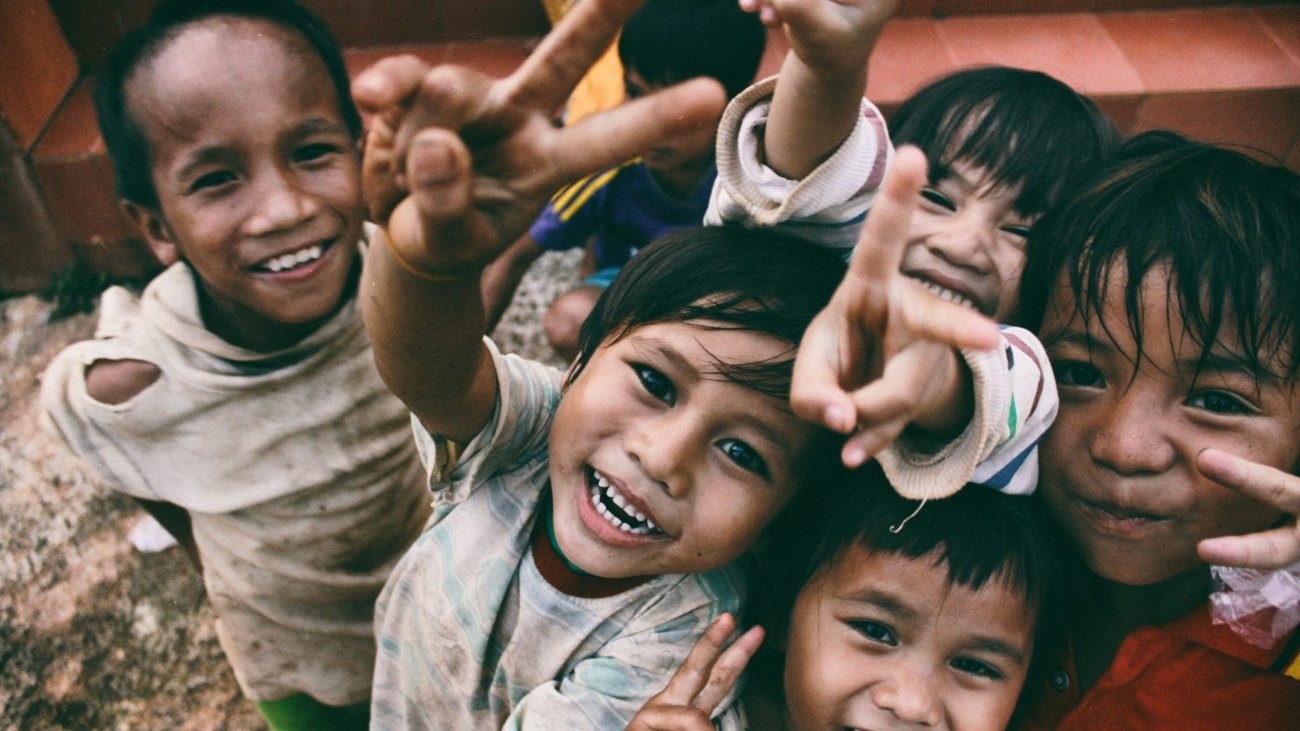Charitable donations have long been a cornerstone of support for orphanages worldwide, providing essential resources to care for vulnerable children who lack parental guidance and support. These contributions not only address immediate needs such as food, shelter, and education but also pave the way for sustainable development, enabling orphanages to create long-term solutions for the children they serve. This essay explores the transformative impact of charitable donations on orphanages and how they contribute to sustainable development.
Addressing Immediate Needs
Orphanages often operate with limited resources, relying heavily on external support to meet the basic needs of the children under their care. Charitable donations play a critical role in providing food, clothing, healthcare, and safe living conditions. For many orphanages, these contributions are the difference between survival and closure. Without consistent funding, many institutions would struggle to maintain their operations, leaving countless children without a safety net.
Donations also enable orphanages to invest in education, which is a key factor in breaking the cycle of poverty. Many orphans face significant barriers to accessing quality education, including lack of funds for school fees, uniforms, and supplies. Charitable contributions help bridge this gap, ensuring that children have the opportunity to learn and develop skills that will empower them in the future. Education not only improves individual prospects but also contributes to the broader goal of sustainable development by fostering a more educated and skilled workforce.
Building Sustainable Infrastructure
Beyond meeting immediate needs, charitable donations can help orphanages build sustainable infrastructure. This includes constructing and maintaining safe, child-friendly facilities, investing in renewable energy sources, and implementing water and sanitation systems. By improving their infrastructure, orphanages can reduce operational costs, enhance the quality of care, and create a more stable environment for children.
For example, donations can fund the installation of solar panels, reducing reliance on expensive and unreliable energy sources. Similarly, investments in water purification systems ensure that children have access to clean drinking water, improving their health and well-being. These initiatives not only benefit the orphanages but also contribute to environmental sustainability, aligning with global development goals.
Empowering Communities
Charitable donations often extend beyond the walls of orphanages, impacting the surrounding communities. Many orphanages engage in community outreach programs, providing support to vulnerable families and preventing child abandonment. By addressing the root causes of orphanhood, such as poverty, lack of education, and healthcare access, these programs create a ripple effect that benefits entire communities.
For instance, donations can fund vocational training programs for older orphans and community members, equipping them with skills to secure employment and achieve financial independence. This not only reduces the burden on orphanages but also strengthens local economies, contributing to sustainable development.
Fostering Long-Term Solutions
Sustainable development requires a focus on long-term solutions rather than short-term fixes. Charitable donations enable orphanages to implement programs that address the underlying causes of orphanhood and vulnerability. For example, donations can support initiatives that promote family reunification, foster care, and adoption, providing children with stable and loving homes. These alternatives are often more sustainable and beneficial for children than long-term institutional care.
Additionally, donations can fund research and advocacy efforts aimed at improving child welfare policies and practices. By influencing systemic change, orphanages can create a more supportive environment for vulnerable children, ensuring that their rights and needs are prioritized.
Challenges and the Way Forward
While charitable donations have a profound impact, challenges remain. Many orphanages struggle with inconsistent funding, making it difficult to plan and implement long-term projects. Donors must be encouraged to provide sustained support rather than one-time contributions. Transparency and accountability are also crucial to building trust and ensuring that donations are used effectively.
In conclusion, charitable donations are a vital lifeline for orphanages, enabling them to meet immediate needs, build sustainable infrastructure, empower communities, and foster long-term solutions. By supporting these institutions, donors contribute not only to the well-being of vulnerable children but also to the broader goal of sustainable development. Through continued collaboration and commitment, we can create a world where every child has the opportunity to thrive.









